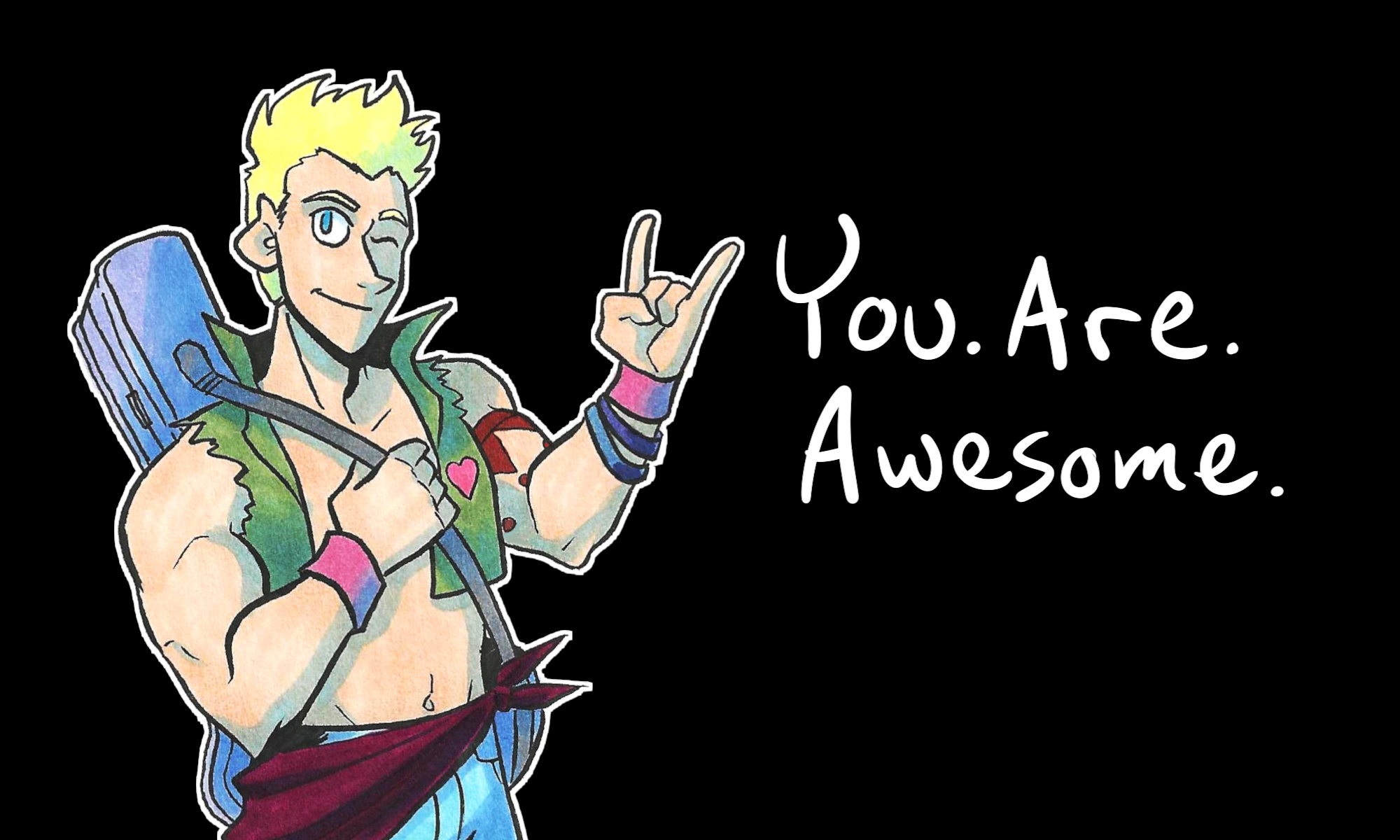In our first two installments, we talked about Talking to Your Partner and Rights. We also outlined a few important elements in a contract.
Today, I’m going to share a sample contract I have used before, so you can see what a contract looks like (or possibly just copy it and tweak it for yourself. I don’t mind).
Keep in mind that the contract is something you and your potential client have talked about, and the terms detailed in it are things you both have discussed and agreed to beforehand.
I’ve left name spaces and prices blank. This contract is for someone sharing their rights with the partner signing the contract, but you can change it to fit the agreement between you and your potential client.
Contract in Regards to the ____________ Project
I, ___________________________________________, herein referred to as “the author,” hereby agree to the following terms regarding the project ______________:
-
That _______________, hereby referred to as “the artist,” will be paid ____ per image drawn.
-
That the artist retains all rights to the artwork for the project, and that the author retains all rights to the script, dialogue, and other written word associated with the project.
-
That the author and artist will split any future royalties of the project 50/50, excepting Rule 4.
-
Any profits made from artist-rendered prints will be split 75/25, favoring the artist.
-
Payment transferred from the author to the artist, or vice versa, may be made via Paypal or Bank quick pay. If the payment method is Paypal, a small percentage of increase will occur due to transfer fees. If the payment method is Bank quick pay, it is fee free and will need email address for set up.
-
An invoice will be given once weekly on Sunday to the author from the artist for service rendered, royalties owed, and other expenses associated with the project (including postage).
-
In regards to revisions, the artist agrees to share the artwork in progress to the author and allow the author any number of revisions to the final work, as long as the request for revisions comes before the end of the week, which is Sunday.
-
If the request for revisions comes after Sunday in regards to the previous week’s images, then the time frame of finalizing the strips will be extended.
-
When work for each image is finished by the artist, one large digital copy for printing and one small digital copy for digital release will be submitted to the author, along with a copy of the invoice, at the end of the week. Special requests may be made for sending physical copies of the artwork.
-
If at any time the project is canceled, the author must pay for what images are finished or in progress to finishing for that week of cancellation, and disperse what royalties have been earned within that week. Any royalties made after the cancellation date must be split according to the above agreements between the author and the artist.
-
The artist will make every effort to ensure that each image is error-free and ready to print when submitted at the end of each week. If any errors still exist, the author, within their best capacity, must make the artist aware so the artist may correct them. Any errors that need correcting after Sunday submission will be edited and resubmitted the next day, Monday, or as soon as possible.
-
All correspondence and documents provided will be treated as confidential between the author and the artist, unless consensus had been granted for both parties.
The above prices, specifications, and conditions are hereby accepted. It is the responsibility of both the artist and the author to honor the agreements specified above. These agreements are not valid until signed by the author and the artist. After signing, copies must be made for the author and the artist for their records.
Artist’s Signature: _____________________________________
Date:________________
Author’s Signature: _______________________________________
Date: ________________
If you need further resources for making a contract, be sure to read up on the Artist’s and Graphic Designer’s Market, as they cover this in depth.
I hope this helps! Let me know if it does or if I forgot anything in the comments below.
